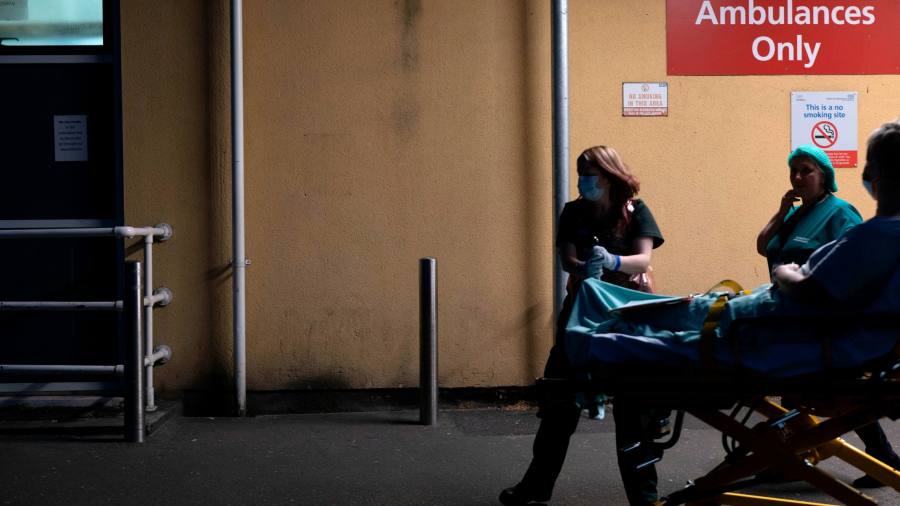

It is rare, unique even, for a modern democracy to celebrate the anniversary of one of its public services with state-orchestrated rejoicing.
Yet many Britons are being made aware of the approaching 75th “birthday” of their health service. This anthropomorphising of a healthcare system speaks volumes about the grip the taxpayer-funded NHS has on the nation’s hearts and minds.
Although a belief in its exceptionalism is hard-wired into those who benefit from its cradle-to-grave care, the truth is that most western European countries enjoy a form of universal health provision even if some are funded through employer-based social insurance, for example, rather than taxes.
While the NHS continues to stand out, it is increasingly for the wrong reasons. People are flocking to use the private sector to escape record waiting lists for hospital treatment. Doctors, lionised just three short years ago for their heroism during the Covid pandemic, will walk out on strike next month, furious at what they say is 15 years of pay erosion. The backdrop to these travails is the soaring demands of an ageing population — a problem that scarcely troubled the NHS at its foundation when men on average died at 66 and women at 71.
That Britons’ fealty to their health service nevertheless endures is testament to the way it embodies the most visceral form of security — eliminating money worries in time of serious illness — but also the values of fairness and inclusion that the UK sees as the best of itself. Yet as two new histories of the health service demonstrate, there was nothing inevitable or preordained about its foundation, or its subsequent survival.
The need for better access to healthcare for those who lacked means had begun to loom larger in the years before and during the second world war. But as both Isabel Hardman, in Fighting for Life, and Andrew Seaton in Our NHS explain, the precise form this took — and the postwar Labour government’s ability to bring it to fruition at all — reflected the political canniness and pragmatism of its progenitor, health minister Aneurin Bevan.
It was Bevan who managed to circumvent medical opposition to the plan by allowing GPs to remain independent contractors, and consultants to treat private patients in so-called “pay beds” in the newly nationalised hospitals.
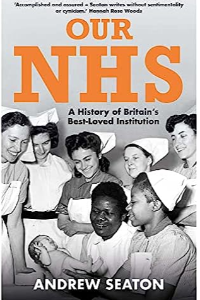
In the US an equivalent attempt to introduce a system of free healthcare, backed by then-president Harry Truman, failed due to the astonishingly relentless and well-funded opposition of the American Medical Association. The British Medical Association ultimately proved less obdurate than its US counterpart, for which generations of Britons must be grateful.
The two books inevitably cover similar terrain but take different approaches to their subject matter. Hardman’s writing is breezily accessible, and her deeply researched book is full of colourful vignettes and an enjoyable spice of gossip as befits a political journalist.
Seaton, an Oxford research fellow, has a less rollicking style and his book is clearly aimed in part at an academic audience. However, his analysis is sharp and compelling and makes a considerable contribution to the scholarship surrounding what he terms “Britain’s best-loved institution”.
This is scarcely a happy birthday for the NHS, which is paying the price for a decade of funding attrition after the financial crisis, followed by the coronavirus pandemic. So while both books are histories, readers pondering the health service’s current state and its future will reflect on whether the past serves as prologue.
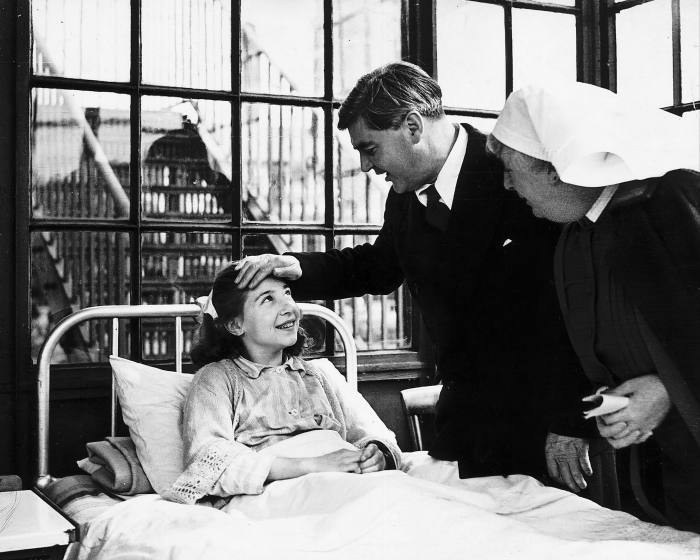
Hardman’s division of her book into 12 “battles that made our NHS” feels a little contrived as a device: could the introduction of heart transplants and IVF really be so described, even though both innovations certainly created controversy? But it is wholly apt for the difficult birth of the health service that she describes in her opening chapter. She debunks the popular myth that the Conservative party — which was leading the wartime coalition government when the social reformer William Beveridge produced his 1942 report sowing the seeds of the NHS — opposed the idea. Although it voted against the second and third reading of the bill that introduced the NHS, they put down a reasoned amendment making clear they welcomed the principle of a comprehensive health service.
However, she makes the astute point that Conservative opposition to the particular blueprint that Bevan chose, involving the nationalisation of even voluntary-run hospitals, fostered an indelible narrative that the Tories cannot be trusted with the health service. “It has meant that for the rest of the lifetime of the NHS, however long or short, the Conservative party will never have the full political permission to do as it pleases with the health service in the way that it would like.”
Perhaps a case in point is that more than 30 years later, Margaret Thatcher — a political realist despite her “conviction politician” reputation — considered but did not pursue a proposal to ditch the NHS model for a private insurance system. To this day, says Hardman, some believe the Tories have a secret plan to dismantle the NHS, given the chance. However, since it did not happen when the prime minister had such large majorities and was already pushing back the frontiers of the state, “it is unclear what that chance would be”, she notes drily.
Hardman is particularly good at locating the NHS within the wider social movements that have changed British life over the 75 years of its existence. Her chapter featuring the discovery of the contraceptive pill, which sparked a concerned senior civil servant to muse about a woman having the same rights under the NHS “whether she is married or living in sin”, speaks to its need to adapt and respond to societal change.
She also traces the roots of one of the most regrettable aspects of NHS culture: an often harsh command and control approach to leadership. The introduction of more professional management in the 1980s was the legacy of Thatcher’s flirtation with a wholesale overhaul of the system. In 1992, Duncan Nichol, the then-chief executive of the NHS, protested against the “macho” management style that had developed. Hardman writes: “It is now very hard to find anyone who doesn’t think there is widespread bullying — whether of staff in underperforming hospitals and units or of whistleblowers to safety threats — in the service.”
One of the biggest puzzles about the NHS is how it has survived with its form essentially unchanged since its foundation. Other examples of welfare, such as mass council housing and state-owned industries, did not outlast the turbulent 1980s.
In his book, Seaton points to the very strong popular support that the service garnered as the years went by, and its willingness to adapt, accommodating increasingly individualistic patients’ desires for more privacy and autonomy. This, he argues, has enabled it to endure as a bastion of social democratic politics, even as neoliberalism has become the dominant political credo and free market policies have reshaped other areas of British life.
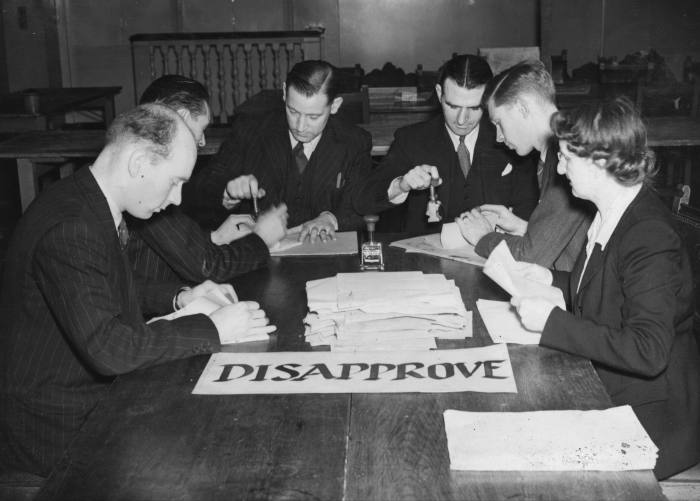
He counters the preconception that Britons embraced their NHS with gushing gratitude from the start, however. “Rather than a natural or inevitable process, the growth of the public’s affection towards the NHS was a historical process that required work. In short, ‘Our NHS’ had to be made, both as an institutional reality and as a cultural icon.”
Some of this sense of ownership, Seaton suggests, developed amid a growing realisation that other countries did not necessarily share Britons’ respect for their health service. Bevan’s hope that the NHS would be embraced as a template for the world gradually faded in the face of opposition from US doctors, who presented the UK service’s failings as an awful warning of what the embrace of “socialised medicine” would mean.
Instead, he says, “welfare nationalism” increasingly took root among Britons. Seaton defines this as “a belief that welfare services express something essential about the nation”, a view that can encourage feelings of superiority over other countries and even marginalised groups such as immigrants.
In the 1980s, a number of documentaries on the iniquities of the US healthcare system from left-leaning film-makers encouraged viewers to equate private medicine with the worst of the US system, helping to end the “neoliberal dream” of Britain becoming a nation of private health insurance subscribers, Seaton suggests.
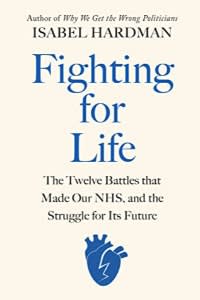
Indeed the NHS went on to reach its zenith of funding and public support during the New Labour years, long after the election of the Thatcher government was supposed to have swept away the last vestiges of social democracy.
As the government and health leaders prepare to commemorate the service’s “big birthday”, it is easy to conclude that the NHS has precious little to celebrate. Neither Hardman nor Seaton reach a definitive judgment on whether it can survive in its current form, given the glaring mismatch between demand and resources.
Hardman suggests politicians need to better define what “protect the NHS” — the slogan that took on an ominous tinge during Covid when it led patients to delay seeking treatment in unexpectedly large numbers — really means. Politicians thus far have been too “fearful or lazy” to confront the state of the NHS and create a vision to address it, she writes.
Seaton is marginally more hopeful. The history of the NHS, he says, “shows the importance of asking who is stoking the sense of crisis, and to what ends. It also demonstrates that the service has recovered from serious challenges in the past, and might do so again.”
As the metaphorical bunting goes up in hospitals and GP surgeries across the land, both books should be prescribed reading for a nation that has long embraced “our NHS” but may now be wondering precisely what that relationship will look like a decade hence.
Our NHS: A History of Britain’s Best-Loved Institution by Andrew Seaton, Yale £20, 320 pages
Fighting For Life: The Twelve Battles that Made Our NHS, and the Struggle for Its Future by Isabel Hardman, Viking £20, 384 pages
Sarah Neville is the FT’s global health editor
Join our online book group on Facebook at FT Books Café